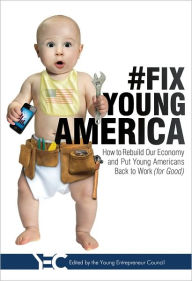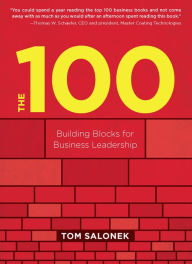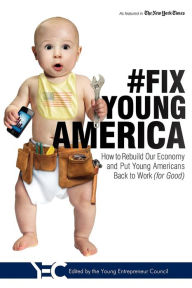MANAGEMENT SCIENCE THEME JOHNNY
by CH LOK
2020-05-29 04:33:30
MANAGEMENT SCIENCE THEME JOHNNY
by CH LOK
2020-05-29 04:33:30
Factors Affecting Housing Supply and Demand Supply and demand is never an easy thing to measure in the real estate market. That's partly due because it takes a long time to construct new homes and fix up old ones to put back onto the market. Similarl...
Read more
Factors Affecting Housing Supply and Demand Supply and demand is never an easy thing to measure in the real estate market. That's partly due because it takes a long time to construct new homes and fix up old ones to put back onto the market. Similarly, real estate is not like other industries in that it takes a lot of time to buy and sell homes and other properties. Some of the factors that influence housing demand include lower interest rates or borrowing costs in economic environment view. When interest rates are low, people are generally willing to take on more debt. They may be able to finance the purchase of a home because the amount of interest they have to pay isn't burdensome. If more buyers flood the market, demand for housing increases. And if there's a limited supply of housing inventory, that makes people in a low interest rate environment want to purchase even more.Meanwhile, the supply of housing is in a constant state of change. Inventory may increase when people are moving-some may downsize, others may be try to make more room for an expanding family, while others may purchase their first home. Similarly, there may be an increase in development and new home construction, adding to the existing inventory. On the other hand, housing inventory decreases during times of natural disaster-such as floods and earthquakes-and when existing properties are demolished. Land is also a finite resource, so the amount of new developments is generally limited. It is unpredicted environmental factor to influence property price changes in the moment.Economic environment factor influences property price changesOne of the major causes of the Great Recession that followed the financial crisis in the mid-2000s was the housing market crash. It was a direct result of the law of supply and demand. During the lead up to the financial crisis, consumers were enjoying relatively low borrowing rates. Banks began to offer low rates on mortgages, and were encouraged to relax their lending standards. People who weren't otherwise able to afford a home now found themselves able to realize their dreams. These consumers, called subprime borrowers, were able to snag a home with low down payments and low credit scores.During this time, speculative buyers also began entering the market, driving up demand for housing and, at the same time, cutting in to the available supply. All of this, in turn, drove prices up to very lofty levels. The market couldn't keep up, and investors who were merely in the market to make some money-many were buying and flipping homes in a very short period of time-began pulling out of the market. Demand started to drop and, so did prices. The collapse of the real estate market in 2007 created an oversupply of houses and decreasing properties prices. Real estate prices depend on the law of supply and demand. When the demand for property is high but property is scarce, prices skyrocket and it becomes a seller's market. When the number of available properties increases to glut the market, prices typically drop. Supply and demand in real estate aren't easy to balance. Creating more saleable properties takes time, considerable work, and a lot of effort. It's not possible at all in some cases, and even when it is, it might not be possible for supply to increase in time to meet consumer demand. So, salespeoples' house sale experiences can also influence the property developer's house sale number.
Less






























